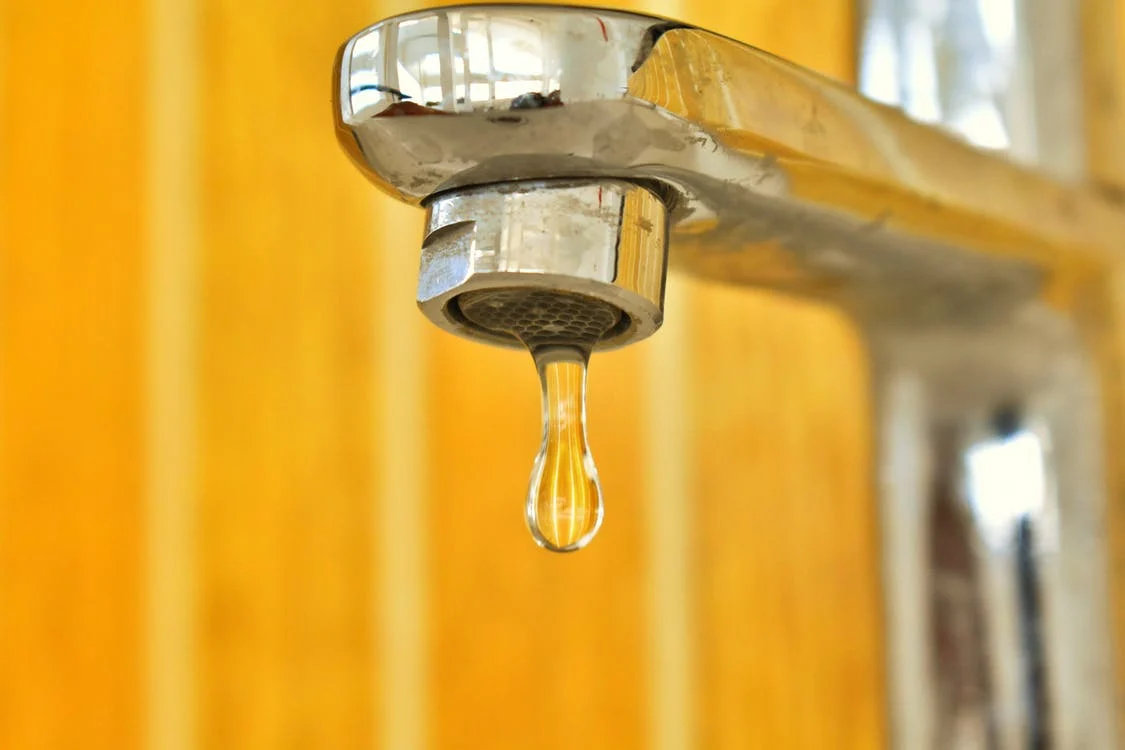TDS stands for “Total Dissolved Solids,” and it’s a measure of water quality.
Water is a solvent that harbors a lot of substances. Some of which include minerals, organic matter, and inorganic salts. While some of these TDS can be harmful, a vast majority are not. TDS is one of the ways to test for organic and inorganic contents of water.
They are sometimes wash-offs in water bodies from sewage treatments, urban runoffs, and agricultural wastes. Likewise, they can be harmful elements like pesticides, herbicides, disinfectants, and pharmaceuticals.
Remember, water is colorless, tasteless, and odorless. Impurities can be so soluble that sparkling water occasionally can be dangerous to health. We’ll discuss some TDS and how to measure it from home.
Categories of Total Dissolved Solids present in water
There are different groups of TDS in water. We’ll be discussing each of them below.
Inorganic Salts
Salts are present minimally in water. Natural and human activities are causes of their occurrences, e.g., industrial wastes and deicing salts. Although, there are also some naturally occurring aqua-salt habitats. An example is an Estuarine water. Freshwater can often contain up to 1000mg/L of salt.
Minerals
They include calcium, potassium, sodium, and magnesium. And are present naturally. During active water flow, it comes in contact with weathered rocks. Minerals obtained by this means dissolve, improving the taste and edibility.
Organic Matter
Organisms like fungi and algae aid the disintegration of some substances. In the end, they can become components of water. Various treatment processes aid removal. The likes from municipal wastes can be sieved primarily by water filters Sydney.
Metals
Dissolved metals are mostly agents of pollution from human waste. There are also some little metals from the soil that can add to the content of water. Some of these dissolved metals are harmful to the body. Lead, for example, has detrimental bodily effects.
How to measure TDS from home
Basically, there are laboratory and domestic methods for measurement. While the laboratory method is more complex, the home technique requires less expertise.
Running a water test can be for different reasons. Its hardness, softness, and taste are common ones. Mineral contents are significant in water as regards taste. Hence, TDS levels can help to determine this.
TDS meters or conductivity meters measure the TDS statuses of water. They come in a variety of brands and different extent of sophistication. Their use isn’t only limited to the home. Recreational centers that run pool and spa services can find them helpful.
What a TDS meter does is measure the concentration of your water. It does this in milligrams per liter (mg/L) or parts per million (ppm). There are no explicit indications of contaminants. So, to get a more detailed description of constituents, you may need to use other testing processes.
A TDS level that is above 500 is considered high in dissolved constituents. You shouldn’t drink if the level is greater.
In conclusion, TDS is a mixed term for both wholesome and unpalatable dissolved substances. Ensure that your water contains the recommended levels of TDS before consumption.

